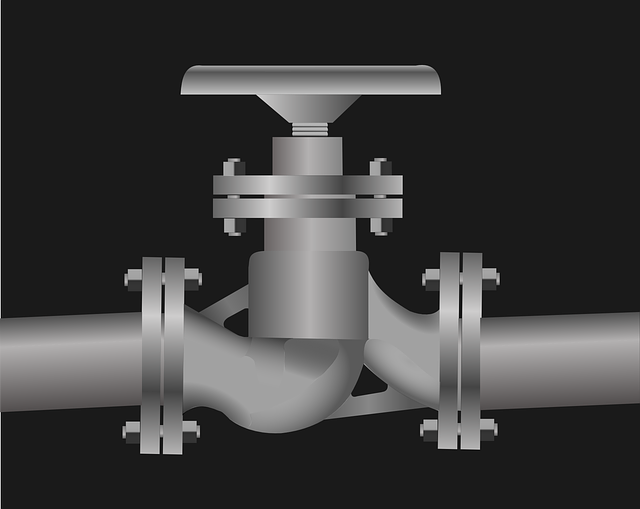Installing a bathroom vanity is a rewarding DIY project that can transform the look and functionality of your bathroom. Whether you’re replacing an old vanity or starting fresh with a new installation, this guide will take you through the steps to ensure a successful and satisfying outcome.
1. Planning and Preparation
Before you begin, take some time to plan your project and gather the necessary tools and materials:
- Tools Needed: Screwdriver, adjustable wrench, level, tape measure, drill with bits, pencil, utility knife, and possibly a reciprocating saw if removing an old vanity.
- Materials Needed: New vanity cabinet with sink and faucet, plumber’s putty or silicone caulk, shims, screws, wood blocks (if necessary), and a bucket or basin for catching water.
- Measurements and Considerations: Measure the space where the vanity will go, including height, width, and depth. Ensure there is enough clearance for doors and drawers to open comfortably.
2. Remove the Old Vanity (if applicable)
If you’re replacing an existing vanity, follow these steps:
- Turn off Water: Shut off the water supply to the sink and disconnect the water lines from the faucet valves.
- Disconnect Drain Pipe: Loosen the nuts connecting the P-trap to the drain pipe and remove the P-trap. Have a bucket or basin ready to catch any remaining water.
- Remove Fasteners: Use a screwdriver to remove any screws or fasteners securing the vanity to the wall or floor. If the vanity is glued down, carefully cut through the adhesive with a utility knife.
- Detach Vanity: Carefully lift the old vanity out of place, ensuring you don’t damage any surrounding walls or plumbing.
3. Prepare the Area
- Clean and Repair: Clean the area where the old vanity was installed. Repair any damaged drywall or flooring as needed.
- Check Plumbing: Ensure the plumbing rough-ins (hot and cold water lines, drain pipe) are in good condition and properly positioned for the new vanity.
4. Install the New Vanity
Follow these steps to install your new bathroom vanity:
- Position Vanity: Place the new vanity cabinet in its designated spot. Use a level to ensure it is straight and level.
- Mark Wall for Backsplash: If your vanity has a backsplash, use a pencil to mark its position on the wall.
- Attach Vanity to Wall: Secure the vanity to the wall using screws through the back of the cabinet. Use shims if necessary to ensure a snug fit and to keep the vanity level.
- Connect Plumbing: Install the faucet and drain assembly according to the manufacturer’s instructions. Apply plumber’s putty or silicone caulk around the sink drain and faucet base before installing.
- Connect Water Lines: Connect the hot and cold water supply lines to the corresponding valves. Use adjustable wrenches to tighten the connections, ensuring they are snug but not over-tightened.
- Install Backsplash and Countertop (if applicable): Attach the backsplash to the wall using adhesive or screws, following manufacturer guidelines. Install the countertop onto the vanity cabinet, ensuring a secure fit.
5. Finishing Touches
- Seal Edges: Seal the edges around the sink and countertop with silicone caulk to prevent water damage.
- Check for Leaks: Turn on the water supply and check for leaks around the faucet and drain connections. Tighten as necessary.
- Adjust Doors and Drawers: Adjust the doors and drawers of the vanity to ensure they open and close smoothly.
- Clean Up: Clean up any debris or excess caulking from the installation area.
6. Final Inspection
- Test Functionality: Test the functionality of the faucet, drain, and any accessories (such as drawers and doors).
- Inspect for Quality: Inspect the vanity installation for any gaps, uneven surfaces, or issues that need addressing.
7. Enjoy Your New Bathroom Vanity
Once you’re satisfied with the installation and everything is functioning properly, step back and admire your handiwork! Your newly installed bathroom vanity not only enhances the aesthetics of your bathroom but also adds valuable storage and functionality.
By following this DIY guide to installing a bathroom vanity, you can tackle this project with confidence and achieve professional-looking results without the need for professional help. Happy renovating!










